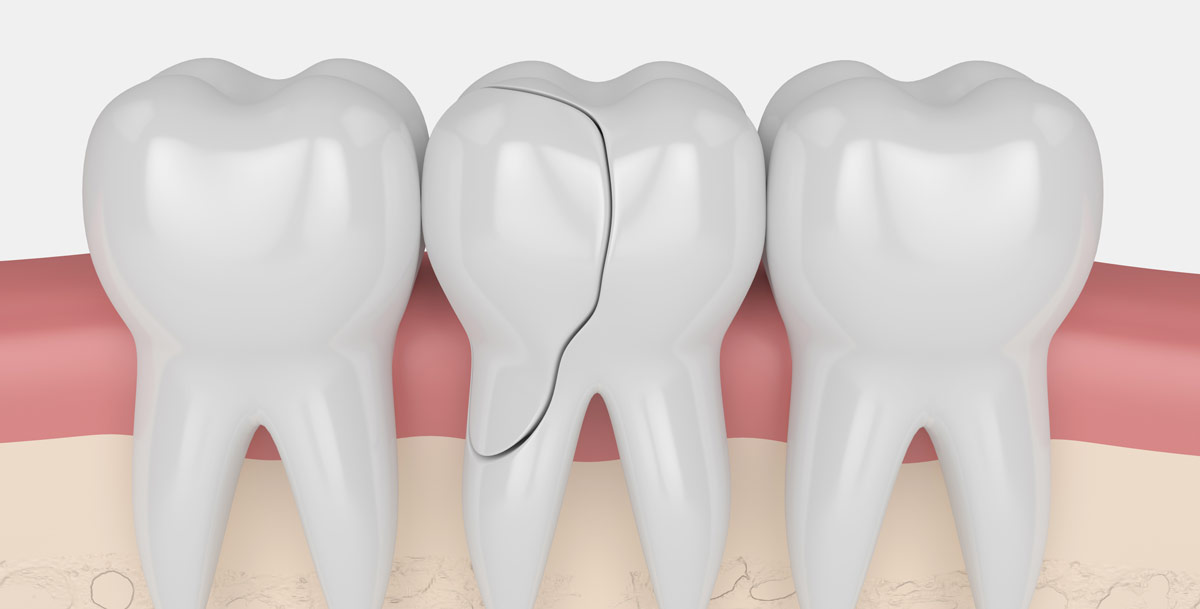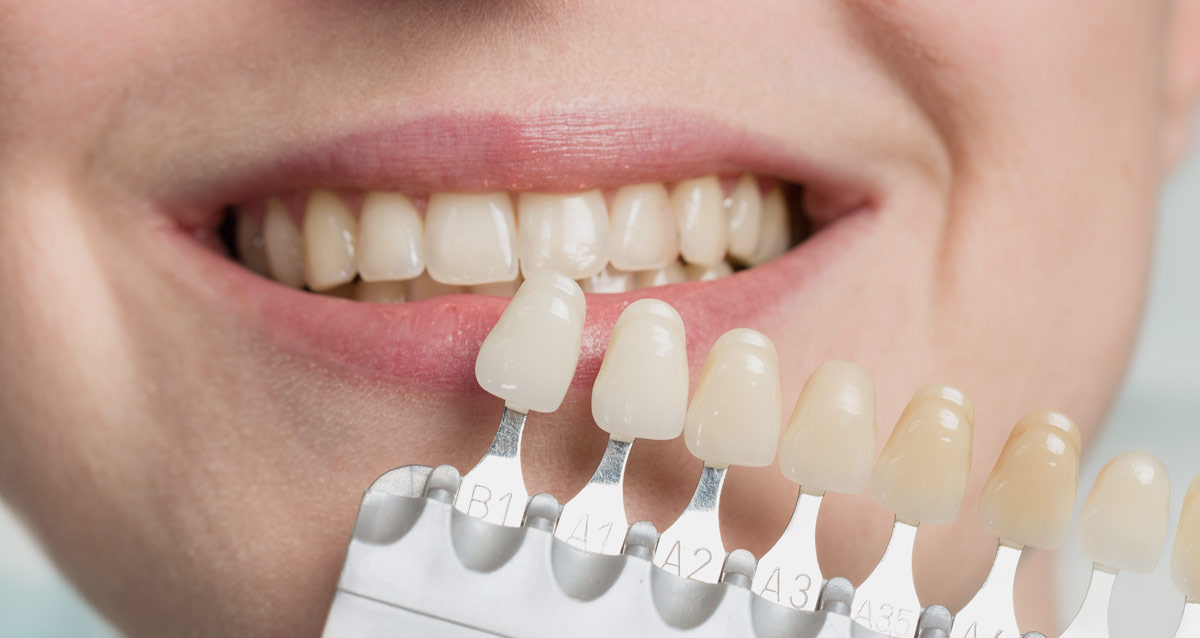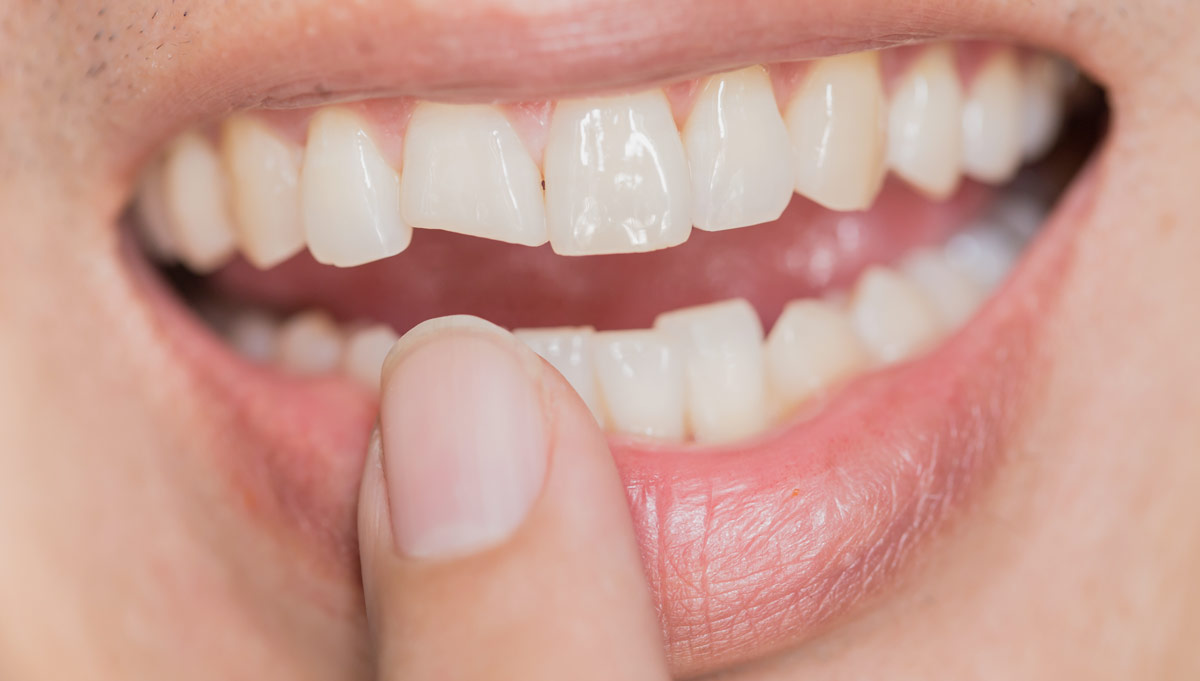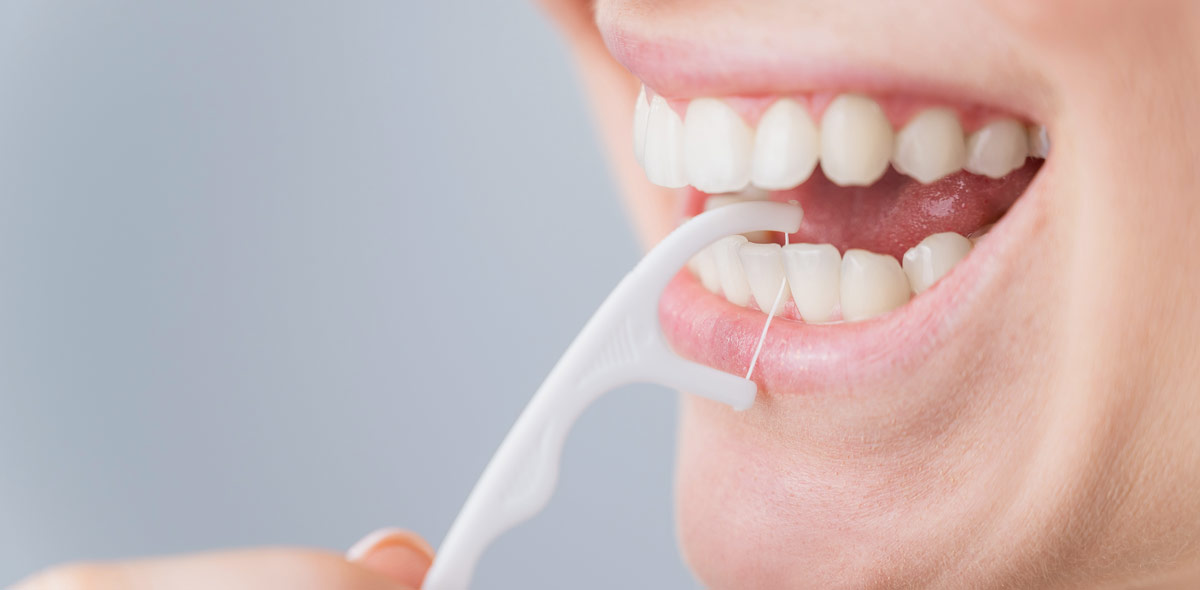When a tooth breaks, it can be a stressful and worrying experience. Whether you have a chipped tooth or a more serious dental injury, the good news is that broken teeth can often be saved and restored to a natural state with the right treatment. Prompt action is key, as seeking help from a dentist immediately can significantly improve the chances of preserving the tooth.
Let’s now explore the common causes of broken teeth, the immediate steps to take, and the dental treatments available to restore a tooth to its former function and appearance.
Types of tooth breakage
Teeth can break in various ways, from minor chips to more severe fractures that affect the inner tooth structures. The type of breakage influences the required treatment.
A chipped tooth is a small piece that breaks off, often from biting hard foods like nuts or candy. While it may seem minor, it can create sharp edges that irritate the gums or cause discomfort.
A cracked tooth develops when a fissure forms, sometimes extending into the inner layers and affecting the nerves. Deep cracks can cause severe pain and may require a root canal to prevent further damage.
In more serious cases, a completely broken tooth may occur, where the tooth breaks into multiple pieces. This often requires a crown or, in extreme cases, tooth extraction if the damage is irreparable.
Common causes of broken teeth
Several factors can cause a tooth to break, including:
Dental injury: Accidents such as falls or car accidents can cause a tooth to crack or break.
Broken jaw: A broken jaw can also lead to significant tooth damage, especially if the impact affects the teeth directly.
Chewing hard foods: Eating hard candy, ice, or hard foods can result in a broken tooth.
Biting or grinding: Excessive force on the teeth from habits like teeth grinding or clenching can weaken them over time, leading to fractures.
Large cavities: If a tooth has a large cavity, it becomes more prone to breaking under pressure.
Tooth decay: Weakening of the tooth structure from untreated decay can cause it to chip or break easily.
Immediate steps to take after a tooth breaks
If your tooth is broken, it’s important to stay calm and take immediate action to prevent further damage and ease any pain. The first step is to rinse your mouth gently with warm water. This helps clean the affected area and removes any debris that could cause further irritation.
If a piece of the tooth has broken off, try to save it. You may be able to reattach it to the remaining tooth later during your dental visit. Store the broken piece in a clean container, ideally with some milk, to preserve it until you see a dentist.
In case of swelling or pain, applying a cold compress to the outside of your mouth can help reduce both. The cold will numb the area and alleviate discomfort if the tooth hurts while also reducing any swelling.
If there is any bleeding, use a clean cloth or gauze to apply gentle pressure to the area. This will help control the bleeding and prevent further issues while you prepare to see a dentist.
Treatment options for broken teeth
Bonding
For a small chip or crack, composite bonding may be used to restore the tooth. This involves applying a tooth-coloured resin to the affected area, which is then shaped to match the tooth’s natural contour. It’s a quick and effective treatment, ideal for minor dental injuries.
Fillings
If the broken or chipped tooth has a large cavity, a tooth-coloured filling can be used to rebuild the tooth. The dentist will clean out any decayed material before filling the cavity with a durable resin that matches the natural tooth colour.
Crowns
For more extensive damage, a crown may be necessary. A crown completely covers the tooth, providing strength and protection. Crowns can be made from porcelain or porcelain fused to metal and are customised to blend with the natural colour of your teeth.
Veneers
In cases where the front of the tooth is damaged but the rest of the tooth is intact, veneers may be an option. Veneers are thin shells of porcelain or composite that are bonded to the front of the tooth to restore its appearance.
Root canal treatment
If the tooth breaks and exposes the dental pulp, which contains nerves and blood vessels, root canal therapy may be required. This procedure removes the damaged or infected tissue from inside the tooth and seals the cavity, preventing further infection or pain. Once a root canal is completed, a crown is often placed to protect the tooth.
Can broken teeth look natural again?
Advances in cosmetic dentistry
Thanks to modern dental treatments, a broken tooth can often be restored to look and feel like a natural tooth. Materials like porcelain and tooth-coloured resin are designed to mimic the appearance of real teeth, so even if your tooth is severely broken, it’s possible to achieve a natural-looking result.
Dentists working in partnership with dental laboratories
Achieving lifelike restorations often depends on a close partnership between the dentist and a skilled dental laboratory. After taking impressions or digital scans of your teeth, the dental lab fabricates custom restorations such as crowns, veneers, or inlays. These are carefully matched in shape, colour, and texture to your natural teeth to ensure that the final result is both functional and visually consistent with the rest of your smile.
Realistic results: what to expect
While the exact outcome depends on the severity of the break, many patients find that their restored teeth are virtually indistinguishable from their natural teeth. The dentist may use techniques such as porcelain fused crowns or tooth-coloured fillings to provide a seamless, long-lasting result.
What if the tooth is completely knocked out?
If you’re dealing with a fully knocked out tooth, it’s essential to act quickly. First, find the tooth and handle it carefully by the crown (the top part) rather than the root.
Rinse the tooth gently with water to remove any dirt, but avoid scrubbing or removing any tissue attached to the root.
If possible, place the tooth back into the socket, making sure it’s in the right position. If this isn’t possible, store the tooth in milk or a saline solution to keep it viable.
Seek an emergency appointment with your dentist as soon as possible. The sooner you can get to the dentist, the higher the chances of successfully reattaching the tooth. If you can get to your dentist within an hour, they may be able to save or re-insert your tooth.
Even if the tooth cannot be reattached, there are plenty of options to restore missing teeth, such as implants, dentures, and bridges.
For children, it’s important to note that if a baby tooth is knocked out, it may not be necessary to reattach it, as these teeth are meant to fall out naturally. However, it’s still important to see a dentist to ensure there is no damage to the underlying permanent tooth.
Preventing future breakages
Maintaining strong, healthy teeth can help prevent future breakages. Some tips for protecting your teeth include:
Brushing and flossing regularly: Good oral hygiene prevents cavities and decay, which can lead to weakened teeth.
Avoiding hard foods: Try to avoid biting hard foods, such as hard candy or ice, that can cause your teeth to break.
Wearing a mouthguard: If you grind your teeth or play contact sports, wearing a mouthguard can protect your teeth from damage.
Trust Fulham Road Dental to mend your broken teeth
At Fulham Road Dental, we understand that a broken or chipped tooth can be distressing. Our dedicated team are committed to helping you regain both the function and appearance of your natural teeth.
Utilising advanced techniques and materials, we offer a range of treatments tailored to your specific needs. From composite restorations for minor damage to ceramic crowns and inlays for more extensive repairs, our goal is to restore your smile effectively and comfortably. Our state-of-the-art technology and patient-focused approach mean that you can expect precise, efficient, and comfortable treatments.
If you’ve experienced a dental injury or are concerned about a broken or chipped tooth, don’t hesitate to contact us. Our team is here to provide prompt and effective care to restore your oral health and confidence.




